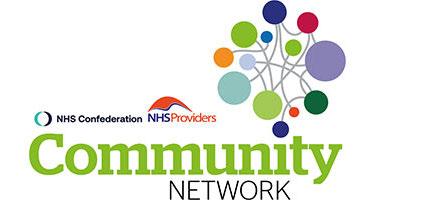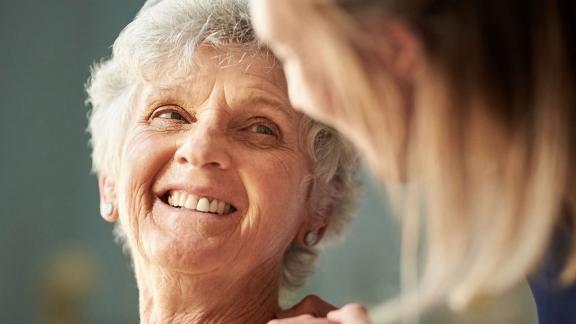Coming together to provide more efficient integrated immediate care

The Community Network, hosted by the NHS Confederation and NHS Providers, is shining a light on innovative practice among community providers.
As part of a blog series, leaders from across the community sector and beyond are outlining how they are helping the health and care system respond to the big challenges ahead.
The Kirklees Independent Living Team (KILT) first came together in 2018, but the work of this team has been supercharged during the pandemic. It provides integrated health and social care services and urgent community response.
Our properly integrated discharge-to-assess pathway was launched in April 2020, in line with the national policy, known as discharge to assess, to speed up discharge and ensure care for people who are considered medically ready to leave hospital.
First, some context. The number of older people in Kirklees is rising. Four in ten older people locally have three or more long-term conditions, a third have mobility issues and a quarter have had a fall in the last 12 months. This represents a significant and growing proportion of people who may need support to either stay in their homes or to come back to them with care in place, whether that’s healthcare or social care.
In Kirklees, we are the community provider and we work with two trusts, Kirklees Council, the clinical commissioning group (CCG) and nine primary care networks, incorporating 64 GP practices. Before KILT, our population faced fragmented delivery of services. There was limited integration or joint coordination, and plenty of potential confusion across the system.
Building relationships
We needed to look primarily at how we work with the local authority, including critically considering pooling resources and teams
It was obvious that what we needed to move towards was a kind of shared approach to supporting patients who may need enablement services or any help with rehabilitation.
To do this, we needed to look primarily at how we work with the local authority, including critically considering pooling resources and teams.
Those relationships have now been developing for some time, and we are seeing positive results from this approach.
Reducing paperwork
One of the biggest changes we faced was that of multiple discharge documentation. Through the work that the teams have done together we now have one discharge form. In the past this meant that if an acute trust was referring to us, for example for cardiology, respiratory and continence, there would have been three forms to complete. Now we have reduced that to one. This means less repetition for care teams but also a smoother, more seamless service for the people we are helping.
Handling discharge to assess
On average, there are around 193 KILT referrals a month. Details of the referrals are always discussed by two KILT coordinators, one from social care and one from health, who will consider the most appropriate services and check capacity. More complex referrals are then discussed in daily multi-disciplinary team meetings chaired by the triage coordinators.
This puts the onus on our joint team to put a cohesive package of care together with the local authority, social care provider and our health teams.
When COVID-19 hit, and with it the discharge to assess guidance, we already had the bones of the model.
Growing our discharge to access model
We included more social care into the mix so that it is never just the health service establishing how we could support the discharge
Across the system we worked rapidly together to develop the new pathways. We included more social care into the mix so that it is never just the health service establishing how we could support the discharge. Together we established how we could make sure we got the right information, made decisions and got people home quickly with a package of care.
Where that wasn’t possible – perhaps if equipment wasn’t ready – we, as a system including the CCG and Kirklees Council, set up discharge-to-assess beds in residential or nursing home settings where we could discharge them, visit and provide the assessment for what people need.
This happened very quickly at the start of the pandemic. At the end of summer 2020 we realised we needed to act on the therapy element of discharge support which the trusts were struggling with due to their capacity restraints.
The CCG temporarily funded an enhanced team including a nurse, occupational therapists, physios and advanced practitioners to support people with the assessment and provide the interim care for people in interim beds so that they were not deconditioning and were ready for the smooth transfer.
Working together
Not too long ago, our work was segregated and even when the relationships were good it often felt like we were working side-by-side rather than together. With a strengthened partnership commitment coming from the top and a cultural shift to joint working that has had buy-in at all levels and a new joint governance, we have made huge strides together. This has been positive for how we all work and, most importantly, for the people we serve. We have had positive feedback and seen people’s average length of stay in hospital fall.
I am incredibly proud of our teams for managing to make significant changes during some of the most challenge times we’ve seen in our lifetimes within healthcare.
Karen Jackson is chief executive of Locala Community Partnerships CIC. Follow them on Twitter @KarenJNHS @locala




